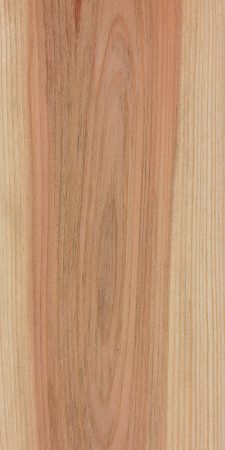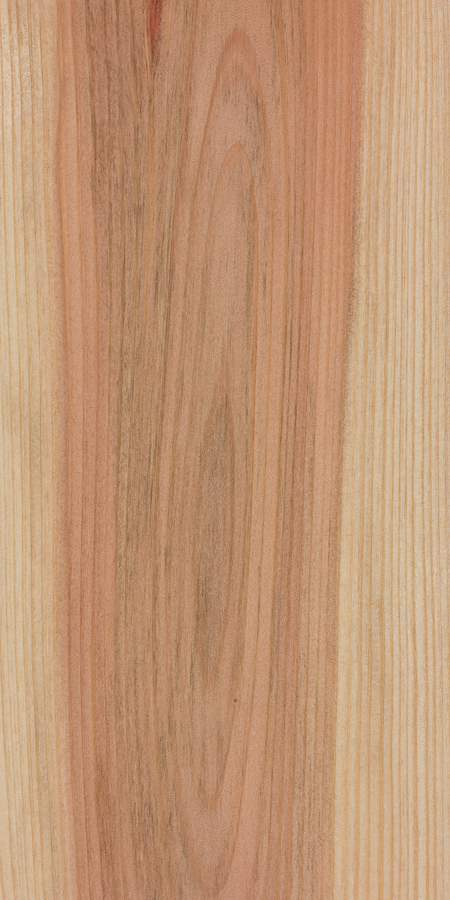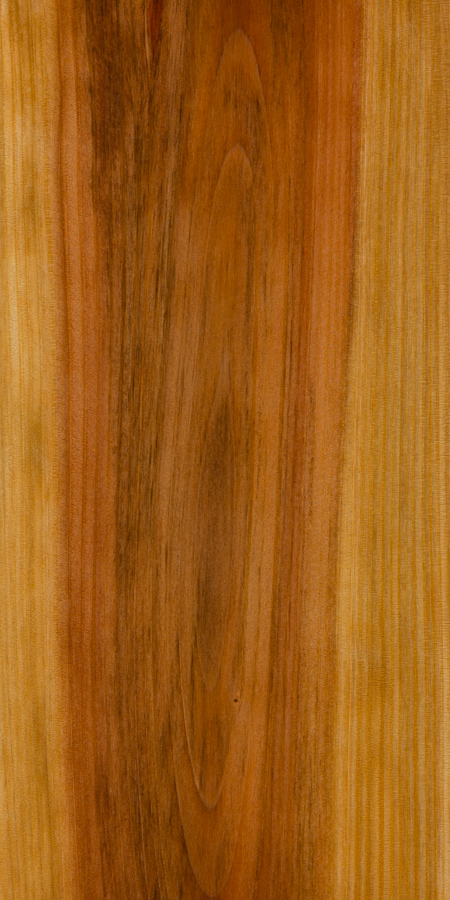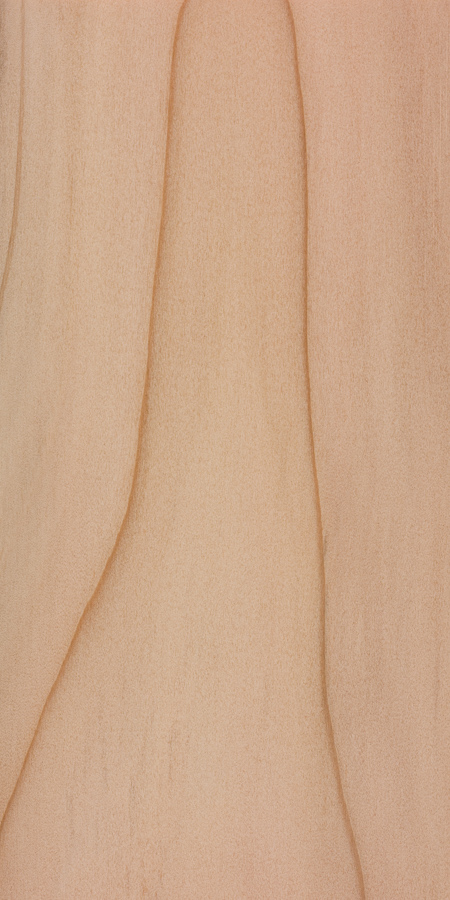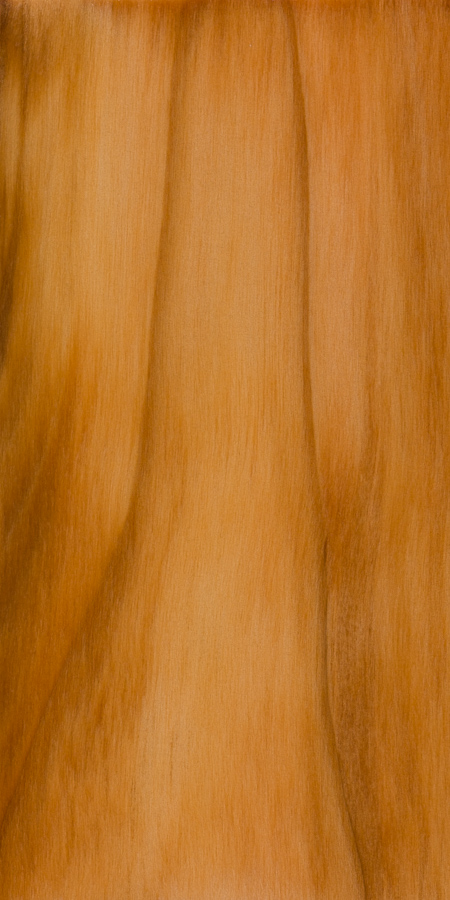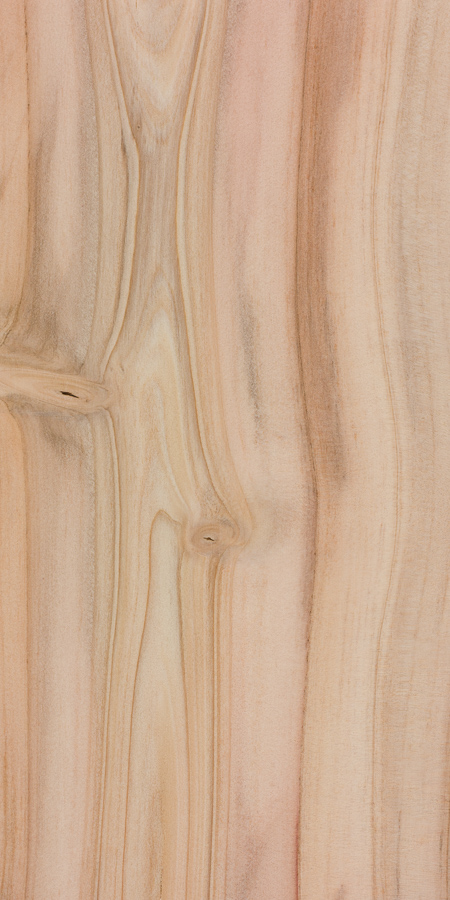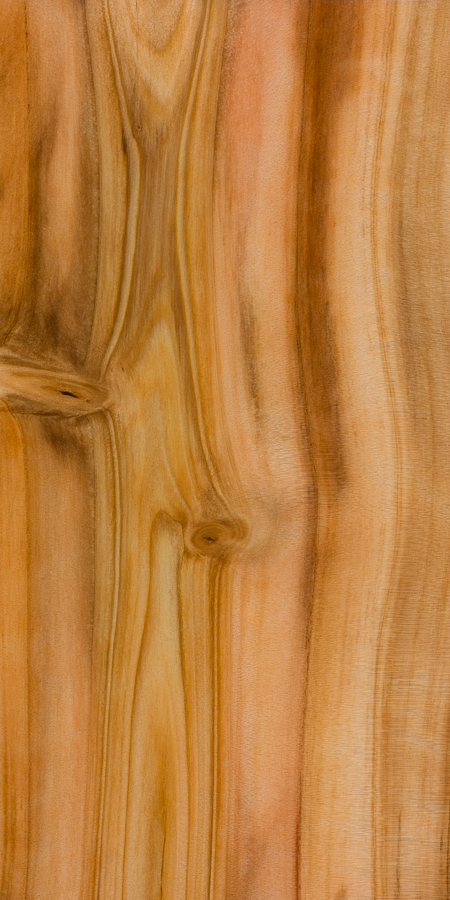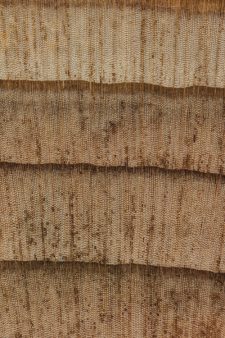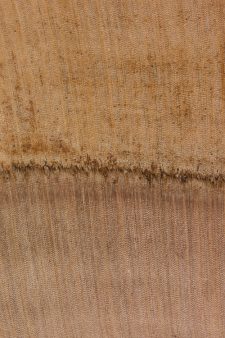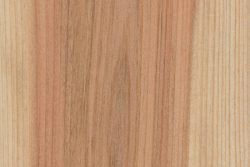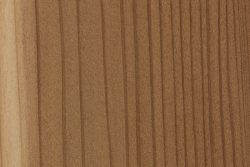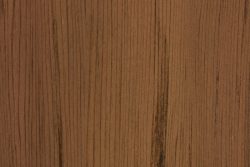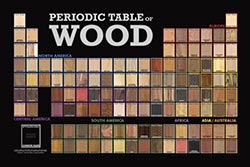References
| ↑1 | Farjon, A. 2013. Metasequoia glyptostroboides. The IUCN Red List of Threatened Species 2013: e.T32317A2814244. https://dx.doi.org/10.2305/IUCN.UK.2013-1.RLTS.T32317A2814244.en. Accessed on 07 June 2024. |
|---|---|
| ↑2 | Tang, C. Q., Yang, Y., Ohsawa, M., Momohara, A., Hara, M., Cheng, S., & Fan, S. (2011). Population structure of relict Metasequoia glyptostroboides and its habitat fragmentation and degradation in south-central China. Biological Conservation, 144(1), 279-289. |
| ↑3, ↑6 | Kozakiewicz, P., & Monder, S. (2016). Physical and mechanical properties and anatomy of metasequoia wood (Metasequoia glyptostroboides Hu et Cheng). Annals of Warsaw University of Life Sciences-SGGW, Forestry and Wood Technology, (95), 114-119. |
| ↑4 | Merrill, E.D. 1948. Metasequoia, another ‘living fossil’. Arnoldia 8(1). |
| ↑5 | Browell, M. (2013). The creation of the longest tree avenue in the world. Arboricultural journal, 35(1), 50-54. |
| ↑7 | Ma, J. (2003). The chronology of the” living fossil” Metasequoia glyptostroboides (Taxodiaceae): a review (1943-2003). Harvard Papers in Botany, 9-18. |

